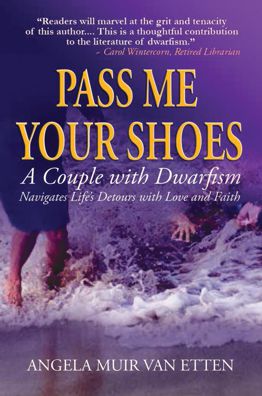
Within two weeks of our first time attending the Second Presbyterian Church, Reverend Smart made an unannounced home visit. We were shocked because this was February 1983—when almost 23 inches of snow covered the city after the second biggest snowstorm on Baltimore’s record books. But the Reverend walked the half mile from the church to our apartment. It was a safe assumption that he would find us at home. We benefited from the reminder that despite the storms of life, God always shows us a way through. Just like He did in February 1984 when I took the Ohio bar exam in Columbus, three hours south of Cleveland.
Want to subscribe to receive blog updates sign up today!
Because we only had one car, Robert had to drive me to Columbus on the weekend, leave me at a motel near the exam site, and drive back to Cleveland for work on Monday. I awoke on Monday morning to see snow falling—nothing unusual about that in an Ohio winter. However, to wake up on Tuesday—the first of three exam days—and still see snow falling was alarming. I had prepared for the exam with endless hours of study, but had not prepared for a blizzard that dumped about 12 inches of snow. My fear was that my pre-ordered cab would be a no-show. If I did not get to the exam site on time, locked doors would keep me from taking the exam for another six months.
I thanked God when cabs came for me at both the beginning and end of the day. It was a blessing to meet Yvonne and Paula at dinner in the restaurant across the street from the motel. They recognized me from the exam site and invited me to join them.
I would never have made it back to the motel without their help. They held onto me—one on each side—to stop me slipping and sliding in the snow and ice. When blocked by a wall of snow left in the wake of a snow plow at the motel driveway, a motel employee shoveled the snow and helped lift me over the snow bank. Preparing for such obstacles was not in the bar review material.
It was definitely a God-ordained bonding experience with Yvonne and Paula. The three of us teamed up for the next two days for ongoing support, meals, and rides. Our meal the second night at the Spaghetti Warehouse perked up our spirits and gave us the energy to get through the last grueling exam day.
On May 2, 1984, I woke up at 6:45 a.m. in a cold sweat. It was the day to call in for the bar exam results and I dreamed that I had failed.
When the operator reported excitedly, “You passed!” I was relieved to learn that not all dreams—or nightmares, in this case—come true.
I was just as excited to learn that my bar-exam friends, Paula and Yvonne, had also passed.
This post is a condensed excerpt from chapter 7 in “Pass Me Your Shoes: A Couple with Dwarfism Navigate Life’s Detours with Love and Faith.” Click on the title for a Look inside at the first few chapters, endorsements, Table of Contents, and a wedding photo. Link to retail sites on my website at https://angelamuirvanetten.com/books.









